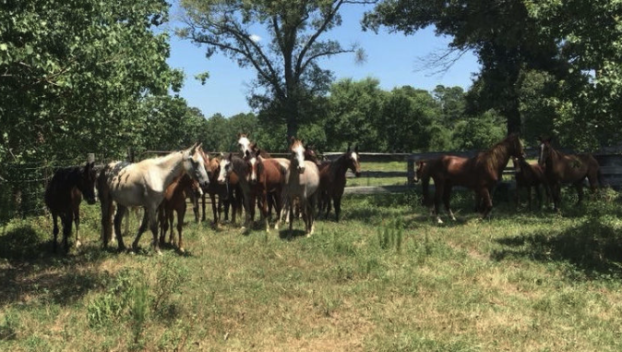
Local News
Fort Polk horses likely descendants of ‘globally rare’ breed
Pamela Sleezer New DNA research conducted on horses rounded up and removed from Fort Polk over the past ... Read more

Pamela Sleezer New DNA research conducted on horses rounded up and removed from Fort Polk over the past ... Read more